For the first time, spacecraft catch a solar shockwave in the act
Solar storm found to produce 'ultrarelativistic, killer electrons' in 60 seconds.
Feb 18th, 2015
Read more
 Subscribe to our Space Exploration News feed
Subscribe to our Space Exploration News feed
Solar storm found to produce 'ultrarelativistic, killer electrons' in 60 seconds.
Feb 18th, 2015
Read moreA team of researchers have successfully demonstrated how a solar telescope can be combined with a piece of technology that has already taken the physics world by storm - the laser frequency comb (LFC).
Feb 18th, 2015
Read more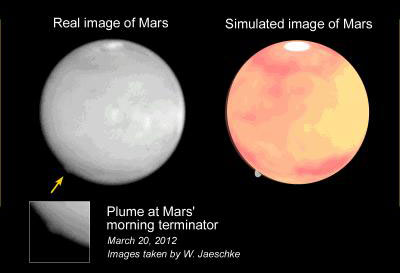 Researchers are studying images of a mysterious bulge that rose up more than 200 km from the surface.
Researchers are studying images of a mysterious bulge that rose up more than 200 km from the surface.
Feb 18th, 2015
Read more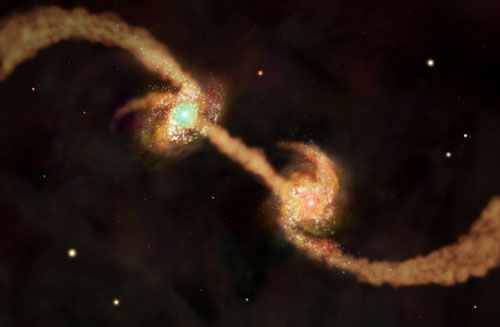 A new study of football-shaped collections of stars called elliptical galaxies provides new insights into the connection between a galaxy and its black hole. It finds that the invisible hand of dark matter somehow influences black hole growth.
A new study of football-shaped collections of stars called elliptical galaxies provides new insights into the connection between a galaxy and its black hole. It finds that the invisible hand of dark matter somehow influences black hole growth.
Feb 18th, 2015
Read more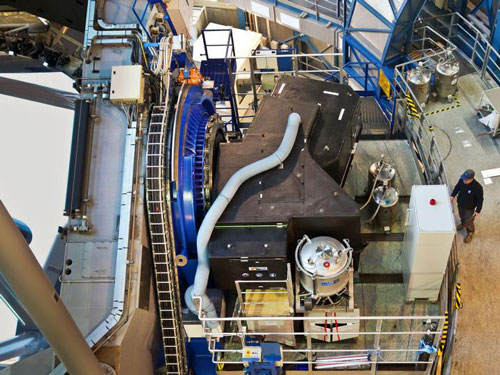 New SPHERE instrument shows its power.
New SPHERE instrument shows its power.
Feb 18th, 2015
Read more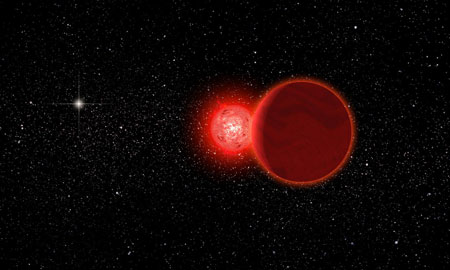 Astronomers identify the closest known flyby of a star to our solar system: A dim star that passed through the Oort Cloud 70,000 years ago.
Astronomers identify the closest known flyby of a star to our solar system: A dim star that passed through the Oort Cloud 70,000 years ago.
Feb 17th, 2015
Read moreOne of the project leaders offers insight into the latest data release from the Planck space telescope.
Feb 17th, 2015
Read more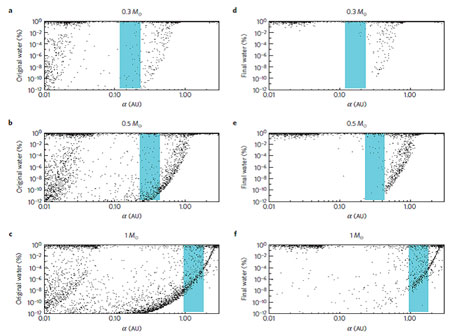 Simulations by researchers at Tokyo Institute of Technology and Tsinghua University indicate that Earth-like planets are more likely to be found orbiting Sun-like stars rather than lower-mass stars that are currently targeted, in terms of water contents of planets.
Simulations by researchers at Tokyo Institute of Technology and Tsinghua University indicate that Earth-like planets are more likely to be found orbiting Sun-like stars rather than lower-mass stars that are currently targeted, in terms of water contents of planets.
Feb 17th, 2015
Read more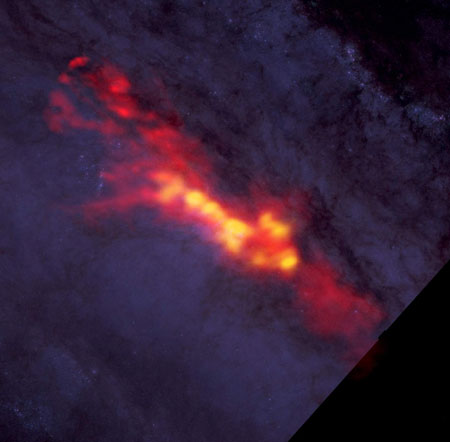 Starburst galaxies transmute gas into new stars at a dizzying pace - up to 1,000 times faster than typical spiral galaxies like the Milky Way. To help understand why some galaxies 'burst' while others do not, an international team of astronomers used the Atacama Large Millimeter/submillimeter Array (ALMA) to dissect a cluster of star-forming clouds at the heart of NGC 253, one of the nearest starburst galaxies to the Milky Way.
Starburst galaxies transmute gas into new stars at a dizzying pace - up to 1,000 times faster than typical spiral galaxies like the Milky Way. To help understand why some galaxies 'burst' while others do not, an international team of astronomers used the Atacama Large Millimeter/submillimeter Array (ALMA) to dissect a cluster of star-forming clouds at the heart of NGC 253, one of the nearest starburst galaxies to the Milky Way.
Feb 16th, 2015
Read more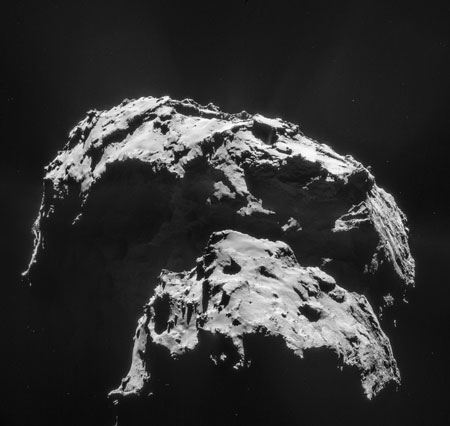 Astronomers tinkering with ice and organics in the lab may have discovered why comets are encased in a hard, outer crust.
Astronomers tinkering with ice and organics in the lab may have discovered why comets are encased in a hard, outer crust.
Feb 16th, 2015
Read more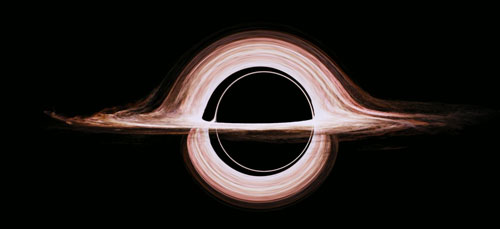 The team responsible for the Oscar-nominated visual effects at the centre of Christopher Nolan's epic, Interstellar, have turned science fiction into science fact by providing new insights into the powerful effects of black holes.
The team responsible for the Oscar-nominated visual effects at the centre of Christopher Nolan's epic, Interstellar, have turned science fiction into science fact by providing new insights into the powerful effects of black holes.
Feb 13th, 2015
Read moreIdeas about directing evolution of life forms on Earth and finding life on other planets are rapidly morphing from science-fiction fantasy into mainstream science.
Feb 12th, 2015
Read more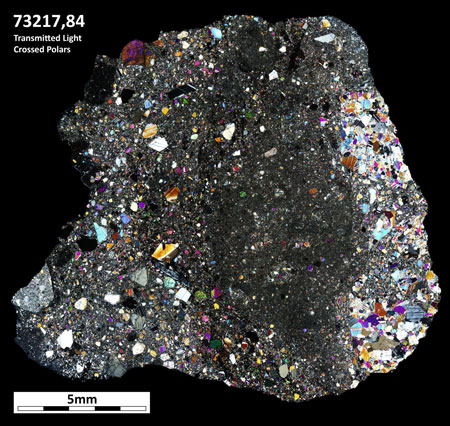 It's been more than 40 years since astronauts returned the last Apollo samples from the moon, and since then those samples have undergone some of the most extensive and comprehensive analysis of any geological collection. Researchers have now refined the timeline of meteorite impacts on the moon through a pioneering application of laser microprobe technology to Apollo 17 samples.
It's been more than 40 years since astronauts returned the last Apollo samples from the moon, and since then those samples have undergone some of the most extensive and comprehensive analysis of any geological collection. Researchers have now refined the timeline of meteorite impacts on the moon through a pioneering application of laser microprobe technology to Apollo 17 samples.
Feb 12th, 2015
Read more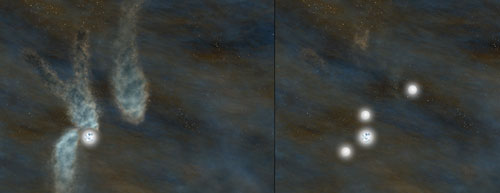 An international team of researchers has discovered something extraordinary in space: a new star system forming from parts of a filamentary gas cloud.
An international team of researchers has discovered something extraordinary in space: a new star system forming from parts of a filamentary gas cloud.
Feb 12th, 2015
Read more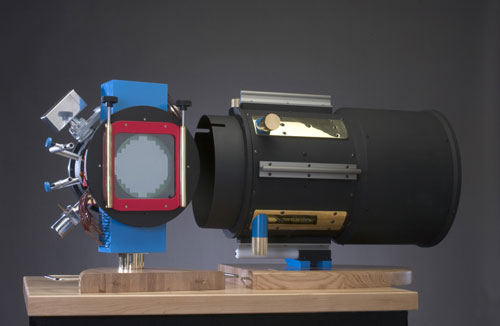 The Dark Energy Camera, or DECam, peers deep into space from its mount on the 4-meter Victor Blanco Telescope high in the Chilean Andes.
The Dark Energy Camera, or DECam, peers deep into space from its mount on the 4-meter Victor Blanco Telescope high in the Chilean Andes.
Feb 12th, 2015
Read more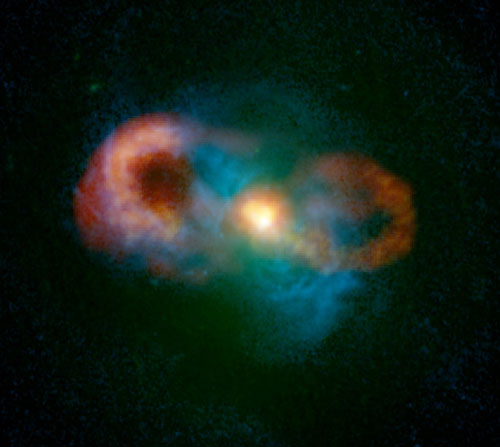 Supermassive black hole blasting gas, transforming galaxy.
Supermassive black hole blasting gas, transforming galaxy.
Feb 11th, 2015
Read more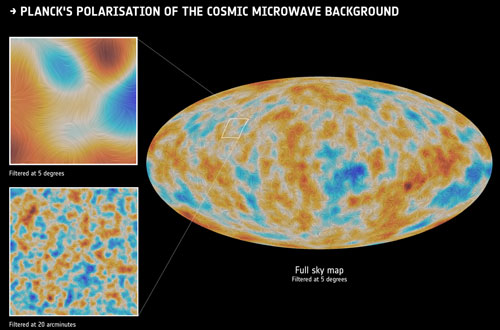 The Planck collaboration has today released data from four years of observation by the European Space Agency's Planck spacecraft. The aim of the Planck mission is to study the Cosmic Microwave Background, the light left over from the Big Bang.
The Planck collaboration has today released data from four years of observation by the European Space Agency's Planck spacecraft. The aim of the Planck mission is to study the Cosmic Microwave Background, the light left over from the Big Bang.
Feb 11th, 2015
Read moreCan astronauts who spend time in space pass an epigenetic memory of microgravity to their future children? Researchers are hoping experiments with C. elegans can address how human biology reacts when exposed to changes in gravity.
Feb 10th, 2015
Read more